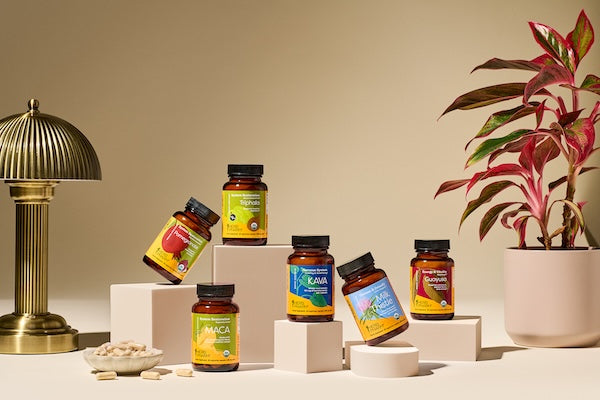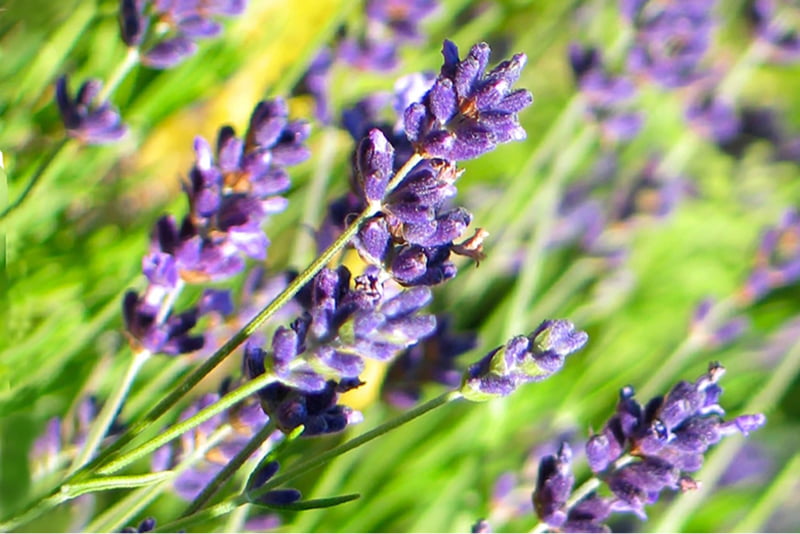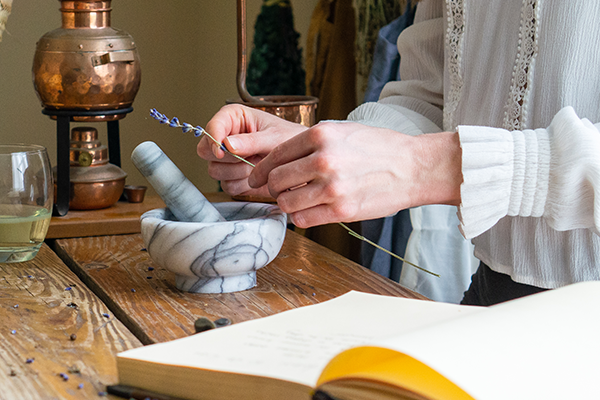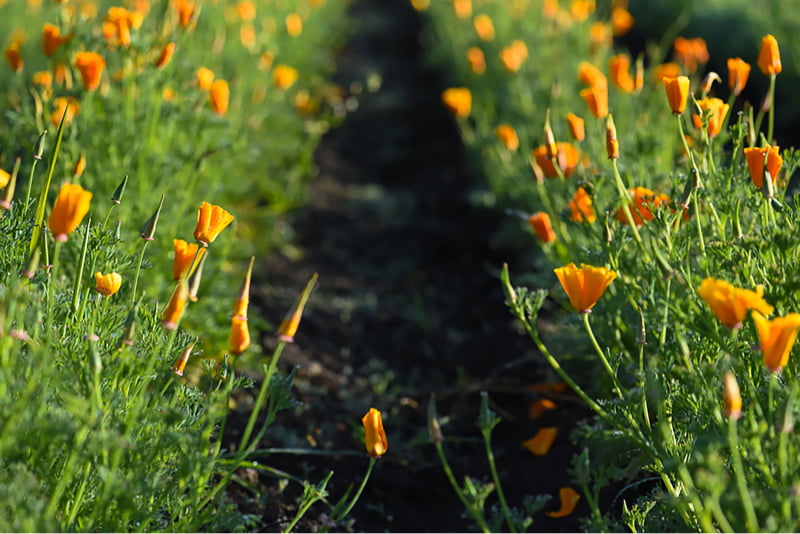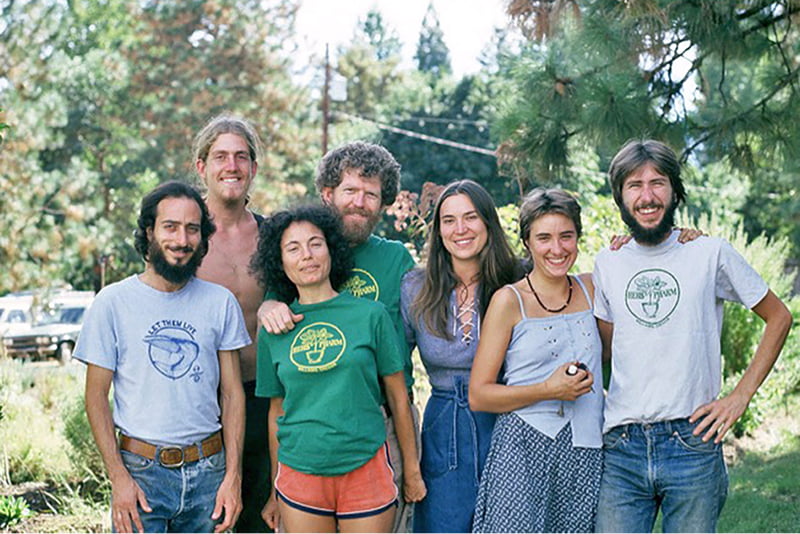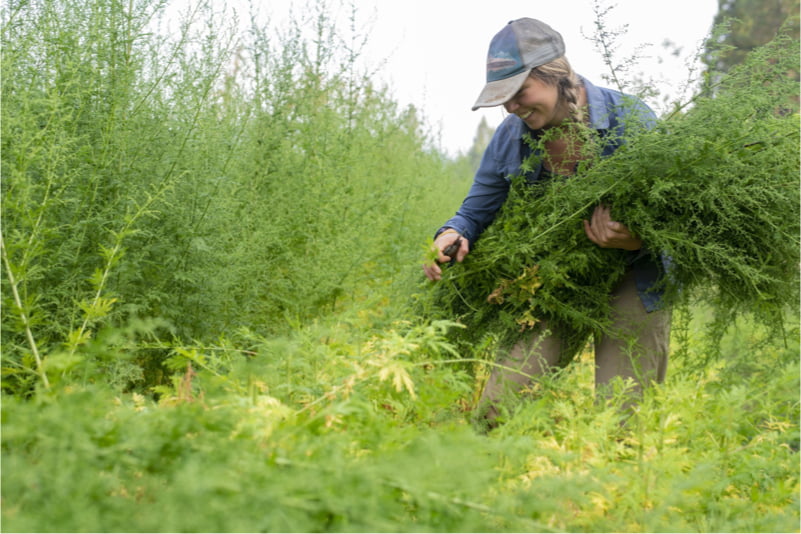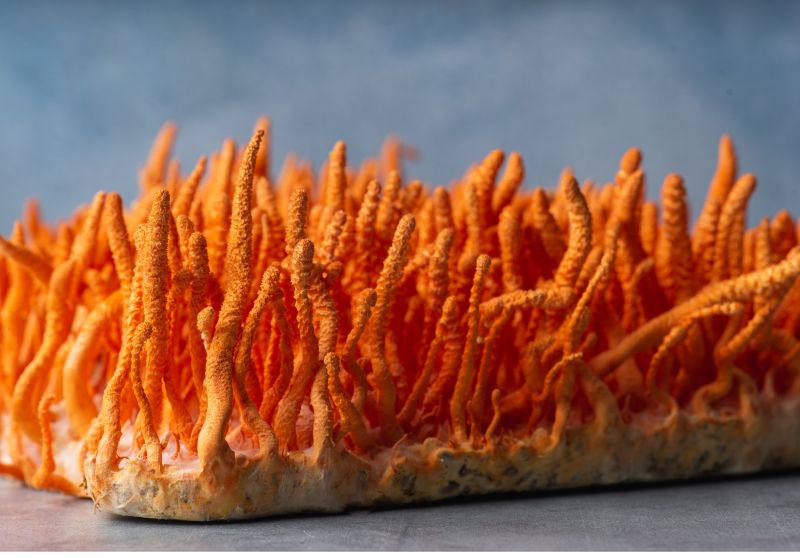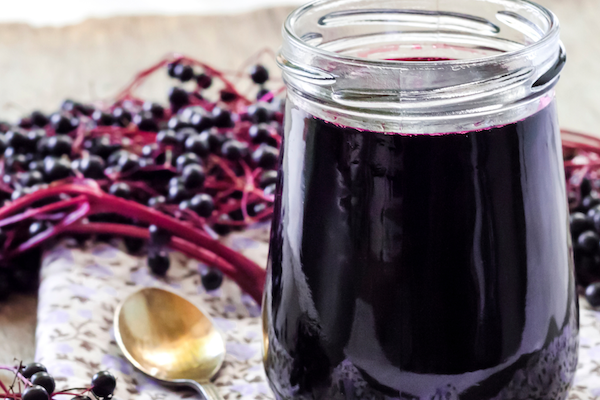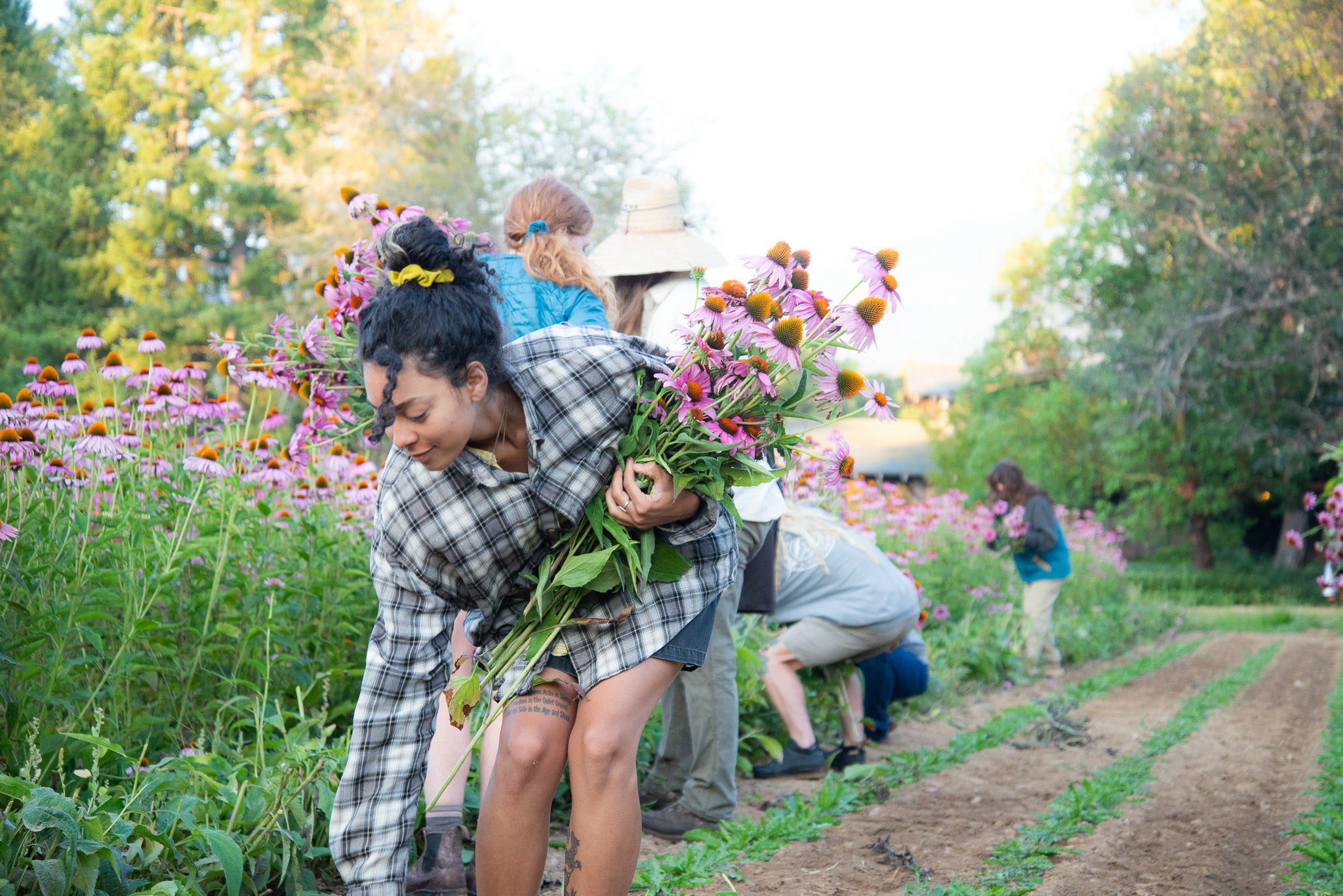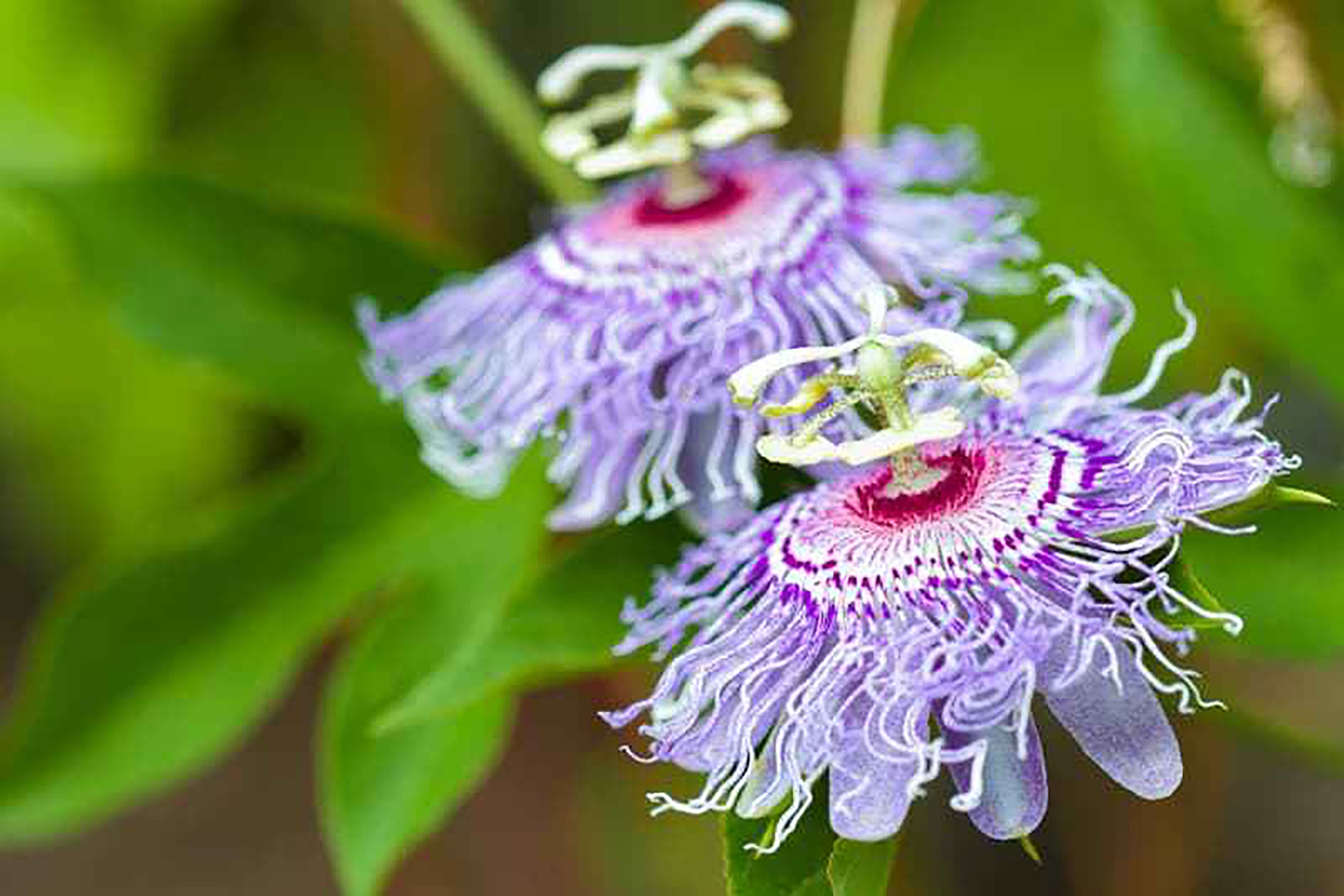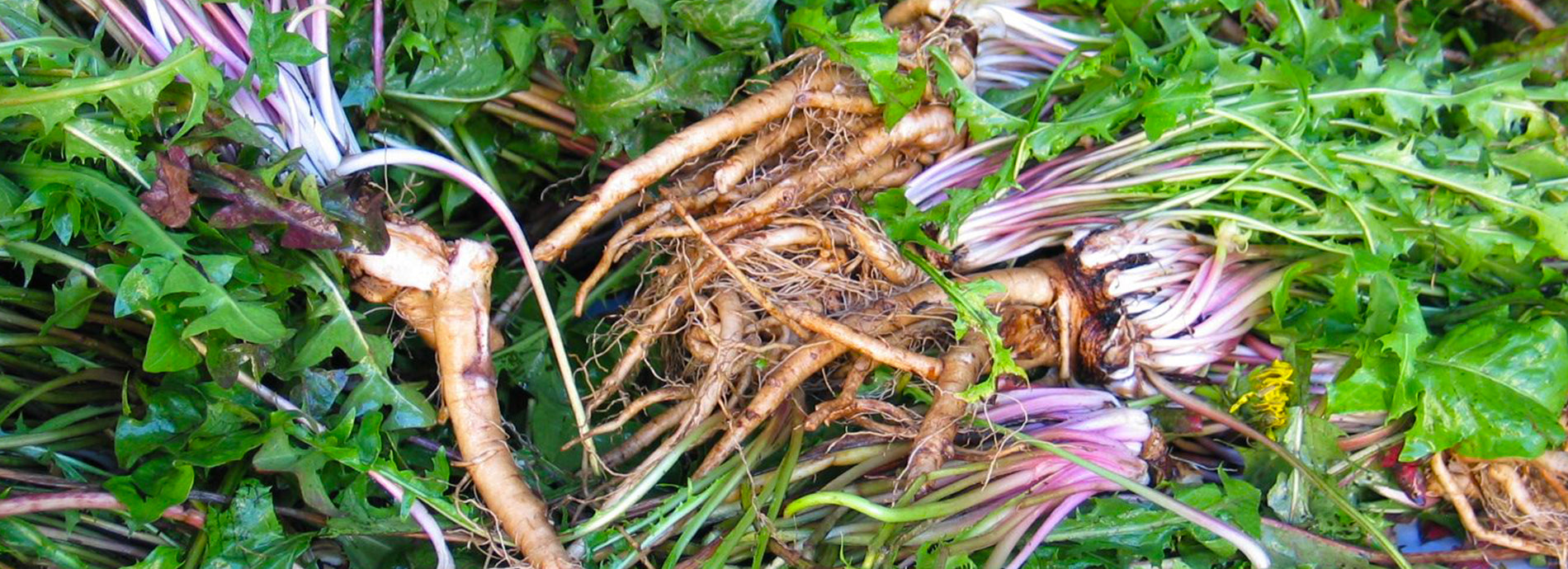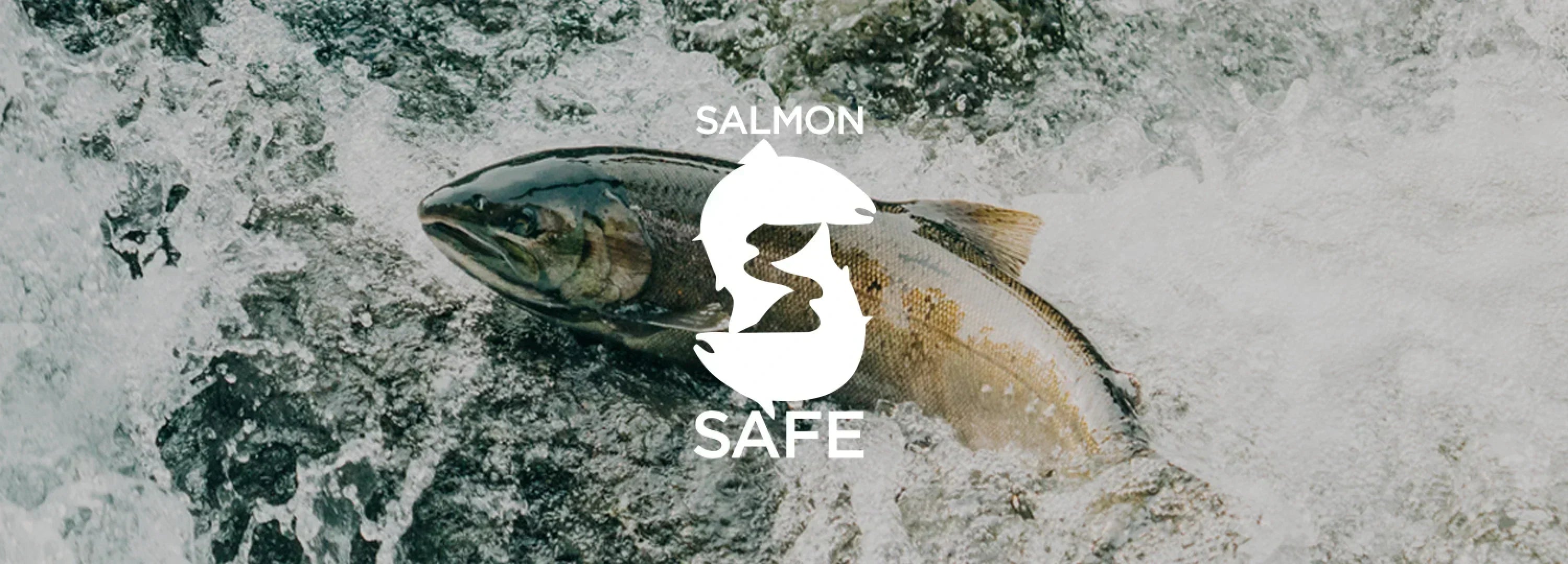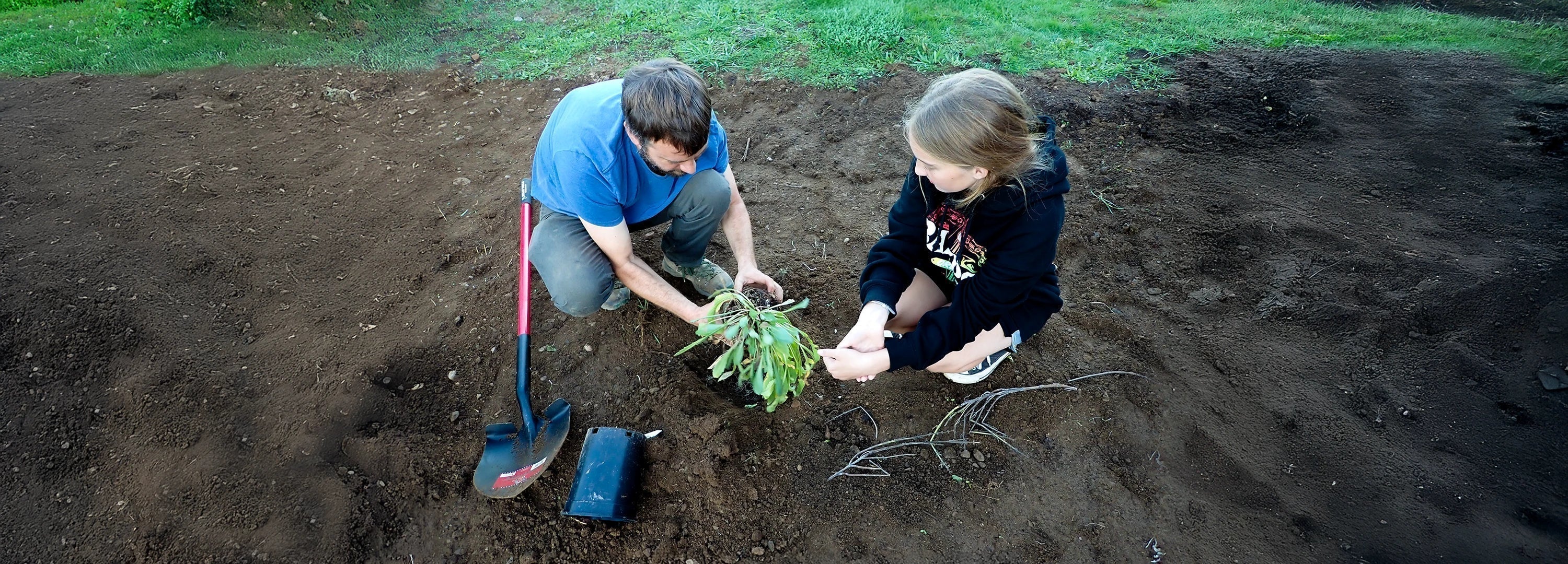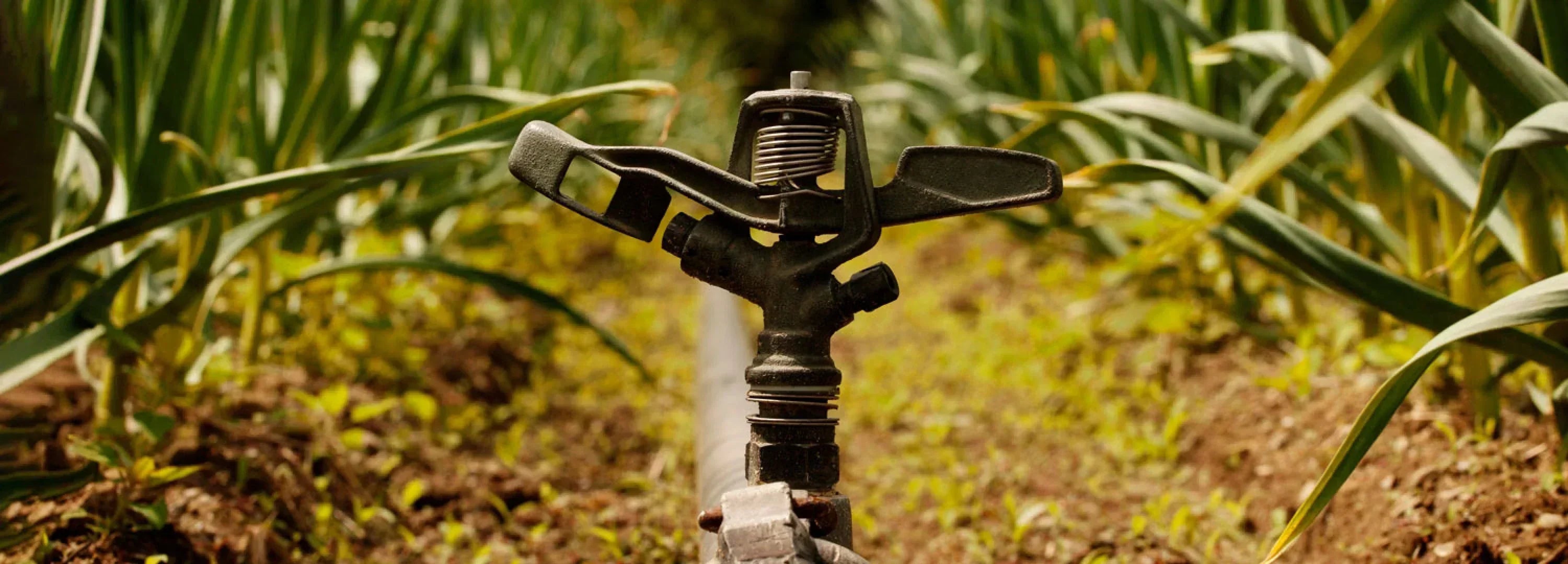When you look at a plant in the ground, some parts are easy to spot. Most kids could do it. Hey, there’s the
flower. That there is a leaf. Done and done. But below ground, things get a bit more confusing. There are
roots, sure, but rhizomes too. And some plants like tubers and bulbs exist almost entirely underground. So
what are all these things?
Well, let’s break it down.
Meet the root
Roots are the most familiar plant part here. They extend down into the soil like an anchor. They’re generally
vertical and they often look like hairs. (Roots even look fibrous when you look at them under the microscope
scope.) They pull moisture and nutrients up from their tips to hydrate the plant above. And they even digest
nutrients from the dirt.
At our organic farm in Josephine County, Oregon, we grow a ton of herbs for their roots. This includes:
Angelica, Burdock, Comfrey, Culver’s Root, Echinacea, Elecampane, Horseradish, Marshmallow and Valerian.
Rhizomes are different
Rhizomes are underground stems. They generally grow horizontal, perpendicular to gravity. Often, rhizomes run
just under the soil, sprouting roots and shooting up new vertical stems as they go. Plants use them to store
energy. So they can be fatter than how you’d normally think of a stem.
Nearly all the perennials that grow in northern climates like at our Oregon farm go dormant during the
winter. The rhizome helps them survive until spring.
Rhizomes are how a ton of perennials spread. The mint family especially. Sometimes we’ll plant something from
the mint family like, Skullcap, in one plot. Then we come back the next spring and find the plant has spread
to soil one or two plots away.
Rhizomes have so much energy, they’re great for propagating. That means we can dig up one plant’s rhizome.
Cut it up. Replant. And get as many as 10-12 plants growing. Bloodroot and Black Cohosh are great for this
sort of replanting.
So what about tubers?
Now we’re going from plant parts to types of plants. Tubers are oblong underground growths off the stem. They
have tiny leaves with buds or eyes. They’re generally more swollen and fat than a rhizome. Think of a
potato. Potatoes are tubers. We don’t grow any tubers as herbs at Herb Pharm.
So then bulbs. What are they?
Like tubers, bulbs are underground and connected to the stem. Except bulbs are buds and they’re more round
and globular. They can have leaves at the top poking out above ground and roots shooting off below. Think of
garlic or an onion. Those are bulbs.
So that’s it.
That’s roots, rhizomes, tubers and bulbs. Now take this knowledge and spread it like a mint plant’s rhizome.
















